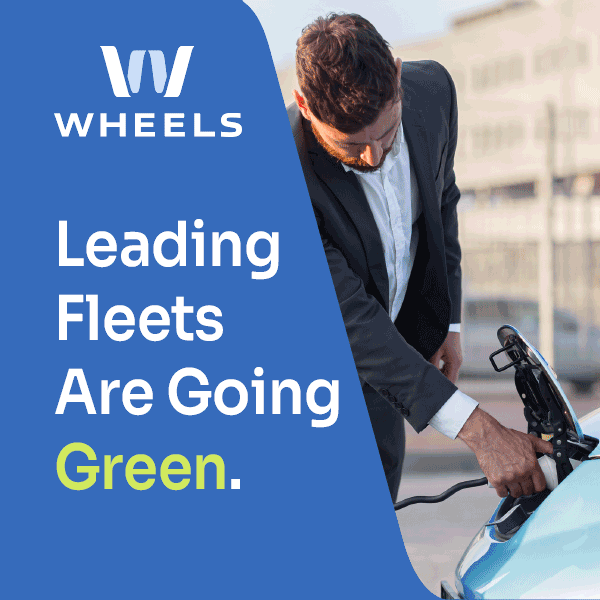
By Mark Boada, Senior Editor
It’s Wednesday, 5:30 p.m., rush hour, on a hot day last month in West Goshen, Pennsylvania, a bucolic suburb some 30 miles west of Philadelphia. Bianca Roberson, 18, is driving home from a trip to the mall in a green Chevy Malibu, going 60 mph south-bound on busy, divided state highway Route 100 where the lanes narrow from two to one.
As she approaches the merge point, alongside she sees a red Chevy Silverado pickup driven by 28-year-old Greg Page, competing with her to merge into the single lane. Police say the two are engaged in a high-speed “cat and mouse game” when Page lifts a handgun and fires through his window at Roberson. She’s hit in the head and is probably dead before her car crashes into a wooded area on the side of the road.
With all the concern about distracted driving, we don’t talk as much about road rage as we used to, but a study released earlier this year found that cases of road rage involving firearms more than doubled over the last three years, from 247 reported incidents in 2014 to 620 last year.
In spite of the increase, the number of such incidents remains small, compared to the 18 million-plus crashes that occurred on U.S. roads over the same three years. What should concern us all, though, is the larger context in which the spike in armed road rage has occurred. Consider the following facts:
• Since 2010, the number of traffic accidents in the U.S. reported to police has grown by more than 18%.
• Traffic fatalities increased by 7% in 2015, and this year are estimated to exceed 40,000 for the first time since 2007.
• Miles driven in 2015 – the latest year for which the U.S. Department of Transportation has statistics – reached an all-time high of 3.17 trillion miles.
• Our roads are becoming increasingly congested: from the year 2000 through 2014, the annual number of miles driven in America has grown nearly twice as fast as the number of paved lane miles.
• In 2015, the average commuter spent 42 hours a year stuck in traffic jams. In major metropolitan areas, like Boston, New York City, Washington, D.C. and Los Angeles, the number of lost hours ranged between 64 and 82 hours.
• In its 2017 Infrastructure Report Card, the American Society of Engineers reported that “one out of every five miles of highway pavement is in poor condition and our roads have a significant and increasing backlog of rehabilitation needs.”
It’s easy to connect these dots: faced with unprecedented conditions on our roads, we’re getting increasingly stressed out when we drive, and it’s enough to move some people to shoot at another driver. But even when the stress doesn’t result in gunfire, it makes most of us, at least on occasion, aggressive and, therefore, dangerous drivers.
Last year, the AAA Foundation for Traffic Safety reported that 80 percent of all drivers surveyed reported having engaged in at least one incident of aggressive driving or road rage. Specifically, it found drivers exhibiting the following behaviors:
-
- Purposefully tailgating (51% of survey drivers)
- Yelling at another driver (47%)
- Honking to show annoyance or anger (45%)
- Making angry gestures (33%)
- Trying to block another vehicle from changing lanes (24%)
- Cutting off another vehicle on purpose (12%)
- Getting out of the vehicle to confront another driver (4%)
- Bumping or ramming another vehicle on purpose (3%).
When the report was released last July, Jacob Grabowski, AAA’s director of research, summed it up well:
“Inconsiderate driving, bad traffic and the daily stresses of life can transform minor frustrations into dangerous road rage. Far too many drivers are losing themselves in the heat of the moment and lashing out in ways that could turn deadly.”
Fleet drivers aren’t immune to any of these effects, either as perpetrators or victims. “Good” drivers get into accidents all the time. The point is, though, that while our vehicles themselves are being built better to protect us, the road environment is getting more dangerous, and not just because they’re getting more crowded. It’s that this crowding is occurring as our roads are deteriorating and more people are driving distracted, and the total effect is so stressful that we’re all more at risk on our roads than just a few years ago.
Fleet managers, take note: driving is increasingly bad for our health.
Comments? [email protected]



